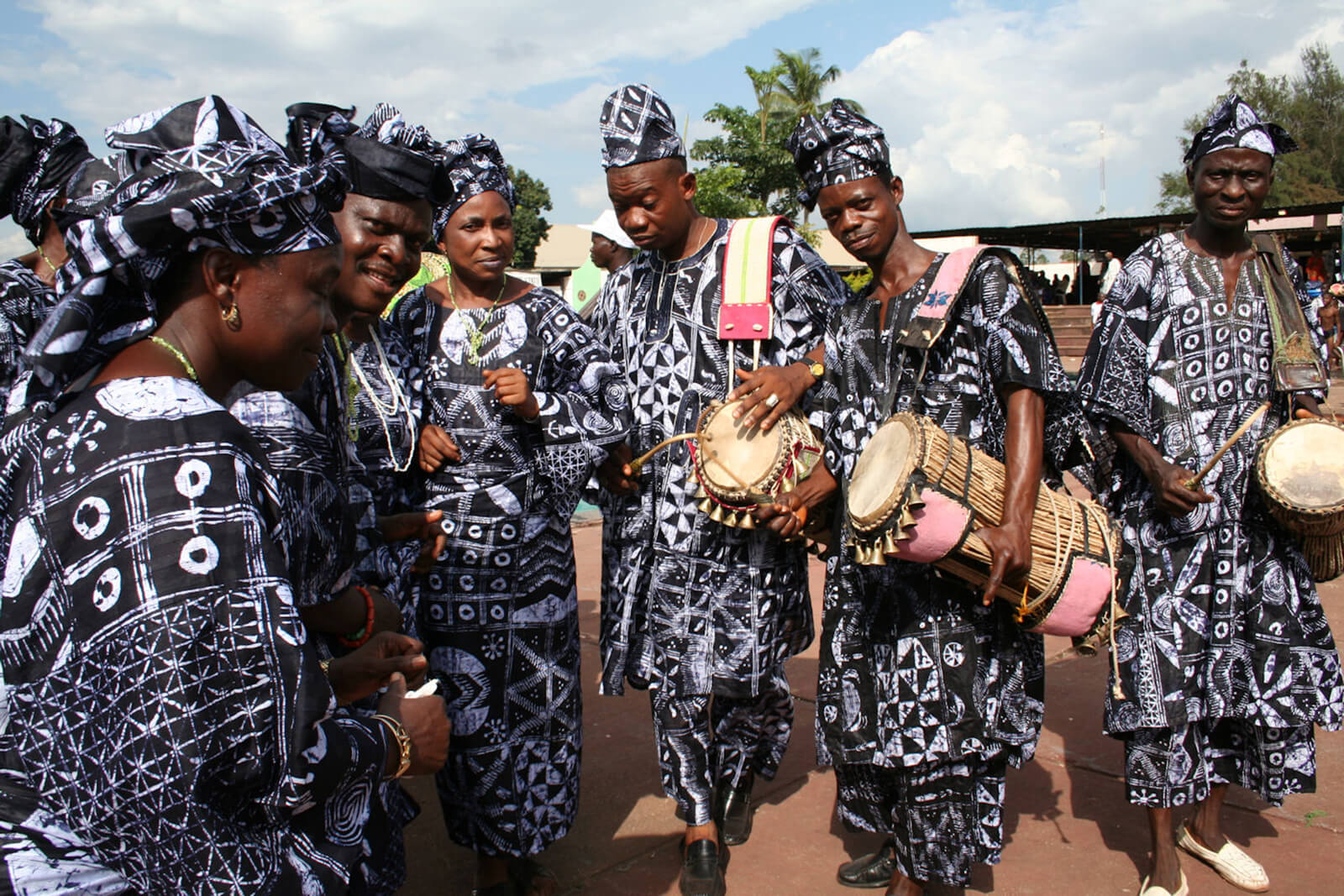
The Beauty in the Art of Tie and Dye ‘ADIRE’
By Akinbola Esther
Adire Textile is the Indigo – dyed cloth made is southwestern Nigeria by Yoruba women. It is common among the people of Egbaland in Ogun state of Nigeria. Egba People also call ‘Adire’ Tie and dye.
Adire is a material designed with wax – resist methods that will produce patterned designs in a dazzling array of tints and colours.
The earliest pieces of Tie and Dye ‘Adire’ were simple tied designs on cotton cloth which are woven locally. They were referred to as indigo dyeing.


The tradition of indigo dyeing goes back to centuries in West Africa and these designs are still produced in Mali.
In the very early decades of 20th century, due to the wide spread of European textile merchants, there was a large sense of availability of materials of which women in Abeokuta and other Yoruba towns took advantage of.
They improved on these materials, improved their artistic skills and re- made Adire as a local craft in Abeokuta and Ibadan.
Till date, we have three primary (Traditional) resist techniques used in the West Africa;
· Oniko: this process involves tying raffia around hundreds of individual corn kernels or pebbles to produce small white circles on a blue background. The fabric can also be twisted and tied on itself or folded into stripes.
· Alabere: Stitching raffia onto the fabric in a pattern prior to dyeing. The raffia palm is stripped, and the spine sewn into the fabric. After dyeing the raffia is usually ripped out, although some choose to leave it in and let wear and tear on the garment slowly reveal the design.
· Eleko: this process involves the application of starch paste made from cassava. This starch paste resists the dye from penetrating through the cloth. This technique is traditionally done with different size wet feathers; calabash carved into different designs is also used, in a manner similar to block printing. Since the early twentieth century, metal stencils cut from the sheets of tin that lined tea chests have also been used.

Modern Technique
The easiest and modernised technique feature resists – wax application, which takes a lesser time to design. This technique is faster and more efficient than the traditional techniques.

A professional decorator for Adire is traditionally referred to as “Aladire”.

‘Aladire’ designs dye and sells Adire. They also pass down the techniques from generation to generation.
On the brighter side, Adire art has once again become a big deal in Nigeria. Some artisan’s personalities like Nike Davies-Okundaye, who has inspired a younger generation of designers including Amaka Osakwe (and her label Maki-Oh) and Duro Olowu.
Political figures and celebrities such as Michelle Obama and Lupita Nyong’o have worn Adire-inspired clothes recently.



